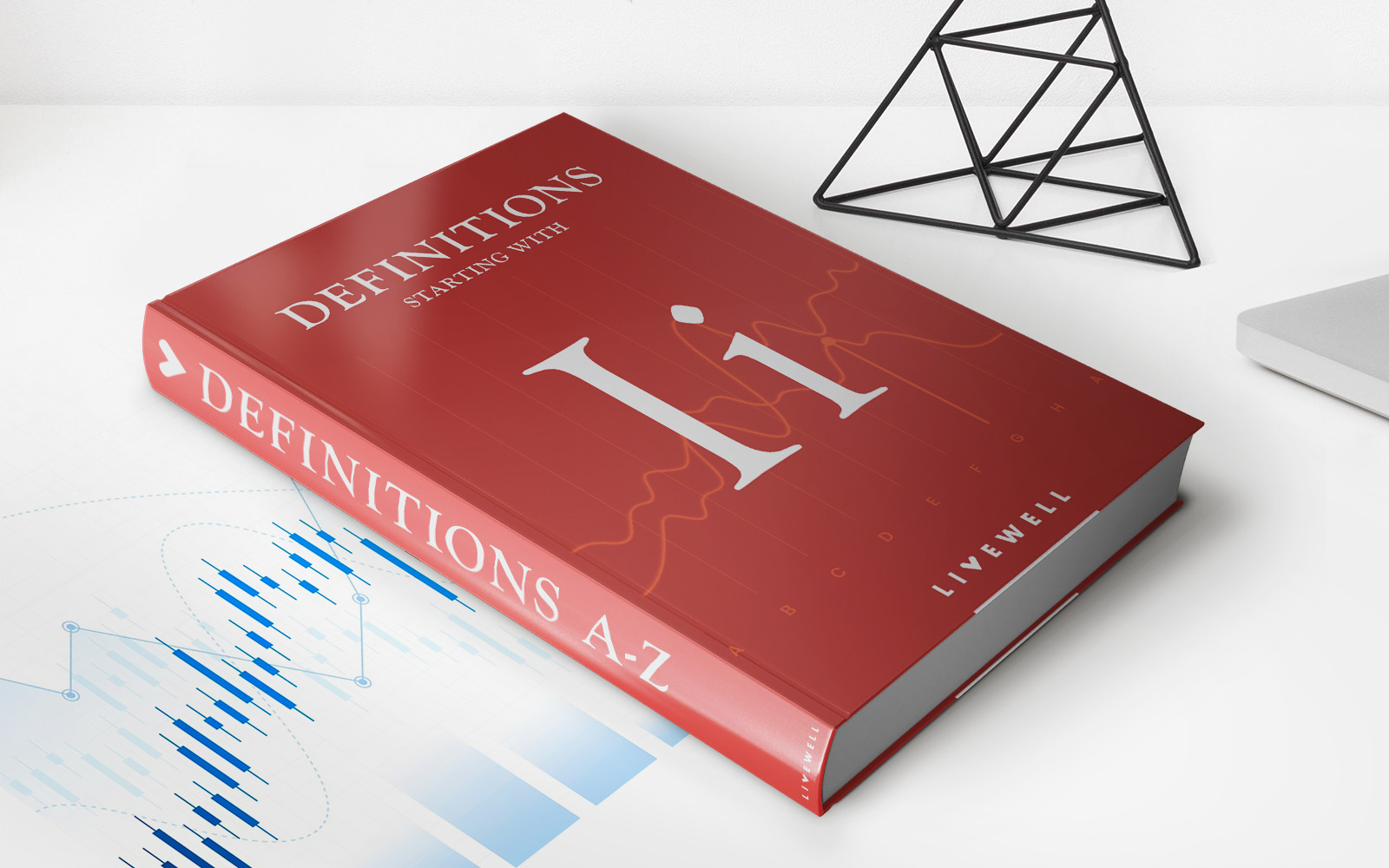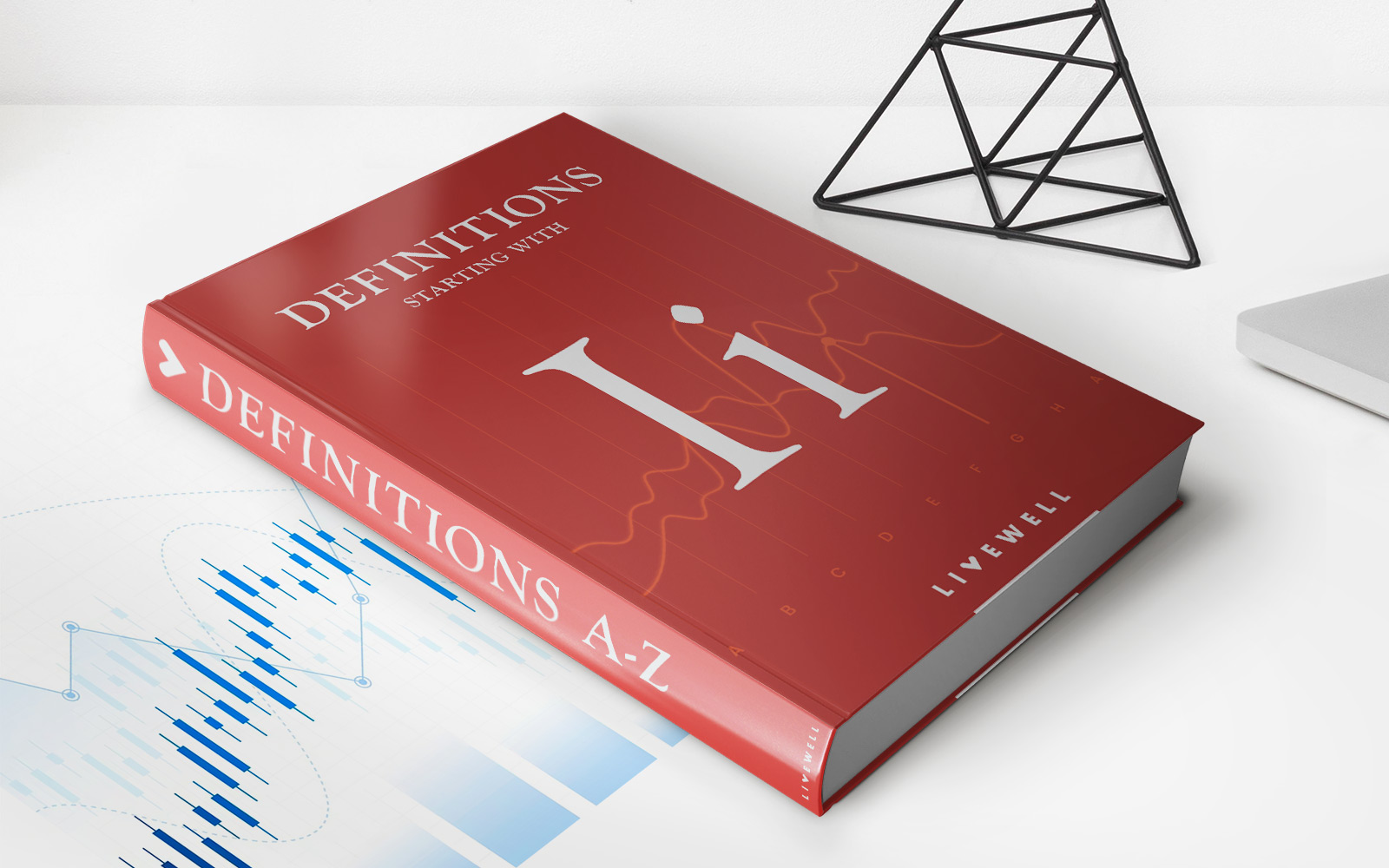

Finance
Inverse Saucer Definition
Published: December 12, 2023
Discover the meaning of inverse saucer pattern in finance and how it can impact your investments. Understand its implications and potential opportunities.
(Many of the links in this article redirect to a specific reviewed product. Your purchase of these products through affiliate links helps to generate commission for LiveWell, at no extra cost. Learn more)
Understanding the Inverse Saucer Pattern in Finance
When it comes to analyzing financial markets, patterns can provide valuable insights into future price movements. One such pattern that has attracted the attention of traders and analysts is the Inverse Saucer pattern. In this blog post, we’ll delve into the definition of the Inverse Saucer pattern, its characteristics, and how it can be used to make informed investment decisions.
Key Takeaways:
- The Inverse Saucer pattern is a bearish reversal pattern that indicates a possible trend change from bullish to bearish.
- It is recognized by a gradual descent of prices followed by a more rapid decline, forming a distinctive saucer-like shape on a price chart.
Before we dive into the specifics of the Inverse Saucer pattern, let’s briefly touch upon the concept of reversal patterns. In finance, reversal patterns are formations on price charts that suggest a shift in the prevailing trend. Traders who can identify these patterns early may have an opportunity to profit from the anticipated trend reversal.
The Inverse Saucer pattern, as the name suggests, resembles an inverted or upside-down saucer. It typically occurs after a prolonged uptrend and acts as a warning sign for potential downside movement. This pattern is also known as a rounded top or a “saucer top.”
So, how does the Inverse Saucer pattern develop? Initially, the price will start to slowly descend, creating a smooth curve that resembles the upper half of a saucer. As the pattern progresses, the price decline accelerates, forming the downside of the saucer. This increase in the rate of descent is what sets the Inverse Saucer pattern apart from a regular downtrend.
Traders often use various technical indicators and tools to confirm the validity of the Inverse Saucer pattern. These may include volume analysis, trendlines, and moving averages. By analyzing these indicators in conjunction with the pattern, traders can make more informed decisions about when to enter or exit a trade.
So, how can the Inverse Saucer pattern be used in practice? Here are a few key implications:
- Bearish Reversal Signal: The Inverse Saucer pattern indicates a potential trend reversal from bullish to bearish. Traders who spot this pattern may consider selling their long positions or opening short positions to profit from the anticipated downtrend.
- Price Target: By measuring the distance between the highest point of the saucer and the subsequent breakout level, traders can estimate a potential price target for the downside movement.
While the Inverse Saucer pattern can be a powerful tool in technical analysis, it’s important to remember that no pattern is foolproof. Traders should always utilize appropriate risk management techniques and consider other factors, such as fundamental analysis, before making any investment decisions.
In conclusion, the Inverse Saucer pattern is a bearish reversal formation characterized by a gradual descent followed by a more rapid decline. It can serve as a valuable tool for traders looking to identify potential trend reversals and make informed investment choices. By combining the Inverse Saucer pattern with other technical indicators, traders can enhance their trading strategies and increase their chances of success in the financial markets.














